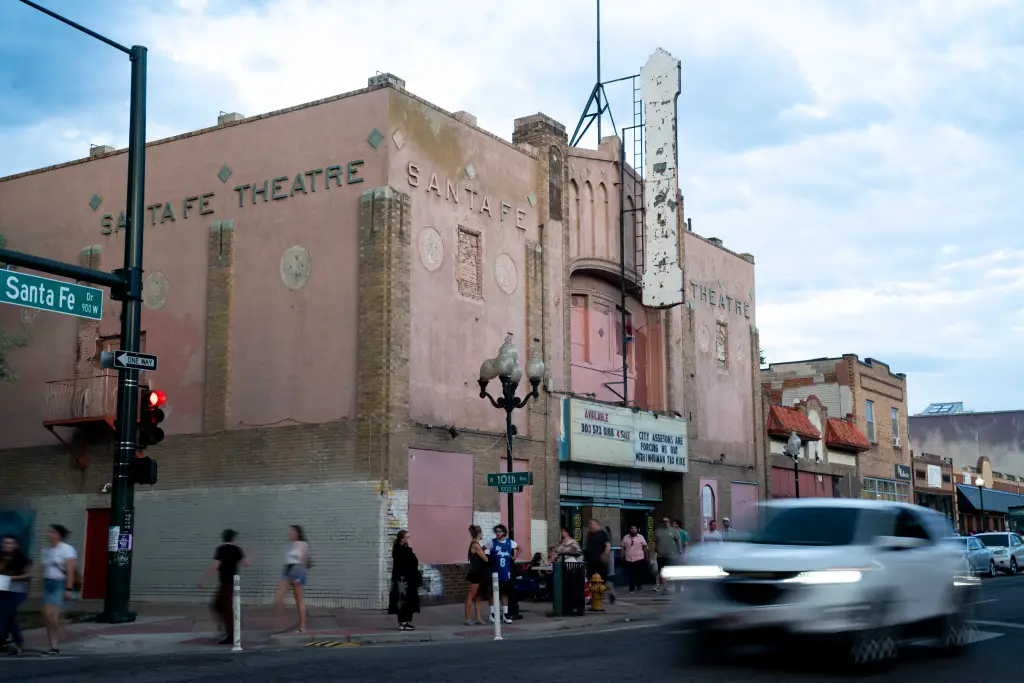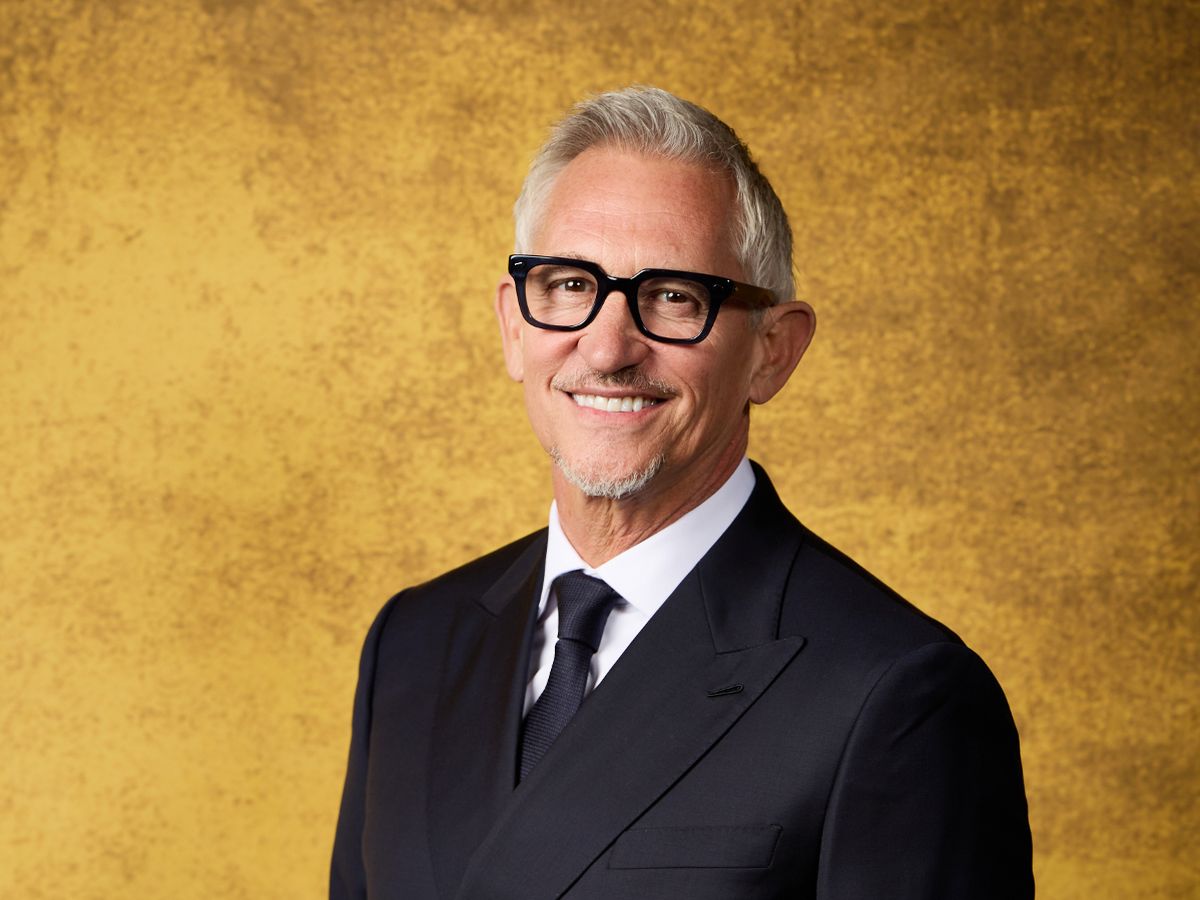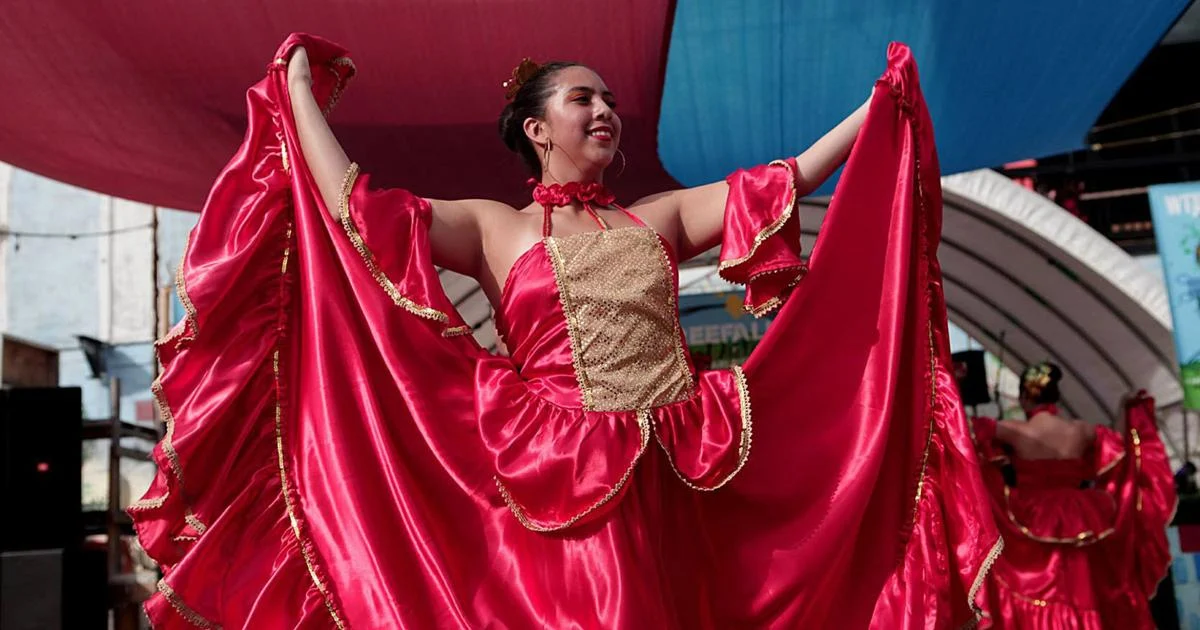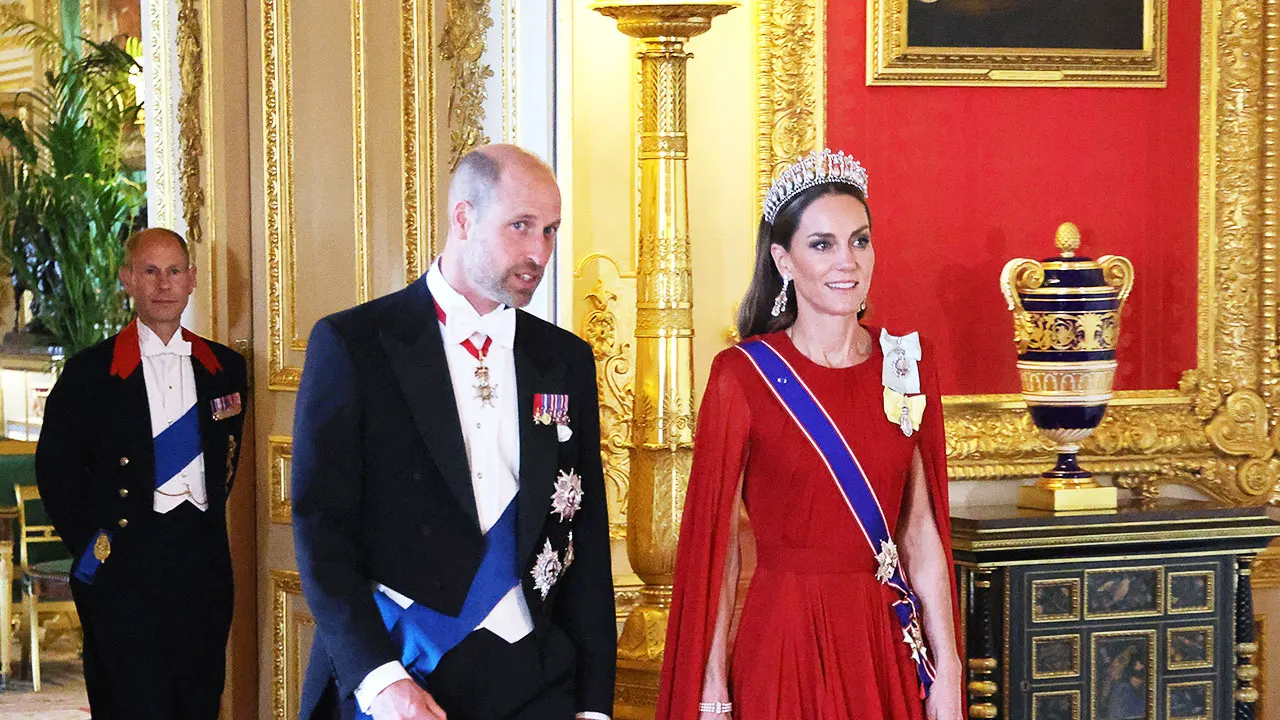
Editor’s note: This is part of The Know’s series, Staff Favorites. Each week, we give our opinions on the best that Colorado has to offer for dining, shopping, entertainment, outdoor activities and more. (We’ll also let you in on some hidden gems.)
One of my homes away from home this year was the Aztlan Theatre in the La Alma-Lincoln Park neighborhood.
The theater’s owners, Timeo and Aurora Correa, screened movies in English and Spanish there in the 1970s and later opened it up for national touring acts as raucous as the Red Hot Chili Peppers. These years, they’ve struggled to pay escalating property taxes as the neighborhood around the venue is redeveloped.
The stoic Aztlan is empty most days, decades of wear and tear chipping away at it from the outside in. For now, Denver’s electronic music community has found it to be an optimal space to showcase artists both legendary and cutting-edge through a series of mesmerizing live performances.
A collective called Caracol Productions, which includes Denver resident Anna McGee and sound engineer Luke Thinnes, has booked and promoted the shows in an effort “to bring together Colorado’s music community in this storied venue, which is in danger of being lost forever to gentrification and related exorbitant property taxes,” according to its website. Caracol’s love for the venue — it’s referred to on the site as a “priceless jewel in our city” — is evident, as is that of the mostly young people who show up with their friends for a night of dancing and mingling over smoke breaks.
Ambient and dance music occupy two sides of the same coin. They encourage deep listening and can inspire both introspection and outward expression, depending on your state of mind. They are bridges to experimental music, where stronger textures and more challenging artistic statements are explored.
Laraaji is an elder statesman of modern ambient music. This winter, he graced the stage of the Aztlan surrounded by his instruments. The crowd wiggled to the music with abandon.
I felt a bit silly when I first got there, sitting down on one of the few rows of seats that remained in the back, but it was cold and I was tucked into my jacket. I took in the inside of this old theater I’d never been in before, awestruck by how vast it appeared in the darkness as playful melodies reverberated against the massive walls.
It was like standing in the middle of the open desert, watching the stars light up and my existential worries wind down. This was a place where I could surrender myself, in the sense defined by London artist and forever-crossword clue Brian Eno, “a sort of active choice not to take control.”
Dancing, to me, is surrendering. This summer, Caracol and Denver DJ Mitch Smith threw a party at the Aztlan with two techno DJs, PLO Man and Arthur. Refracting lasers beamed overhead as the pair mixed vinyl records back and forth, turning the theater into an ecstatic dance floor for the night.
In August, KGNU Community Radio, whose studios used to be near the Aztlan, occupied the venue with a hefty lineup of DJs and vendors for a fundraiser. Caracol also puts local spinners and artists on the bill.
More opportunities to dance inside the Aztlan are coming. Martin Rev, of the synth-punk band Suicide, is headlining Oct. 10 with support from Scottish producer Fergus Jones. (Caracol is presenting the show with KGNU.)
Caracol’s final headliner of the year is the same as its first, as Laraaji (the artist is known by just one name) returns to cap its concert series Oct. 17.
A few months after the first Laraaji show, I returned to the Aztlan to see an artist who also meant a lot to me and a cohort of music fans along the Front Range: Jan Jelinek, a German electronic musician whose best known work cut up jazz records and threw them under a microscope.
Here, in the middle of the descending theater floor and surrounded by an intimate circle of seated spectators, Jelinek manipulated the high, rounded pitches of a modular synthesizer to resemble the whistle of a dropping bomb. The Aztlan Theatre’s faded glory reflected that sound of imminent collapse.
Timeo and Aurora stood bar, as they did during the other shows. Concertgoers fluttered around the building, staying away from the barricaded stairs leading up to the upstairs balcony, which is inaccessible. They ordered from the mobile pizza shop that set up its oven out front.
The future of the theater, Aurora has said, rests on Timeo. This was before the Denver Broncos announced its intention to move into the neighborhood. There is an active GoFundMe raising funds on behalf of the theater.
I wondered what they thought of the doom and gloom that emanated from the speakers. They kept busy selling drinks.
The Aztlan was the artwork that night, the brutalist music and glow of strategically-placed lights imploring me to poke into the nooks and crannies of this theater that in 2027 will turn 100 years old.
Thankfully for now, it’s still standing.
The Aztlan Theatre is at 976 Santa Fe Drive, Denver. Visit caracolprod.square.site for tickets to upcoming shows.



